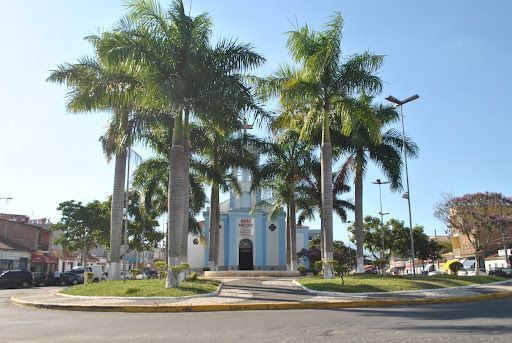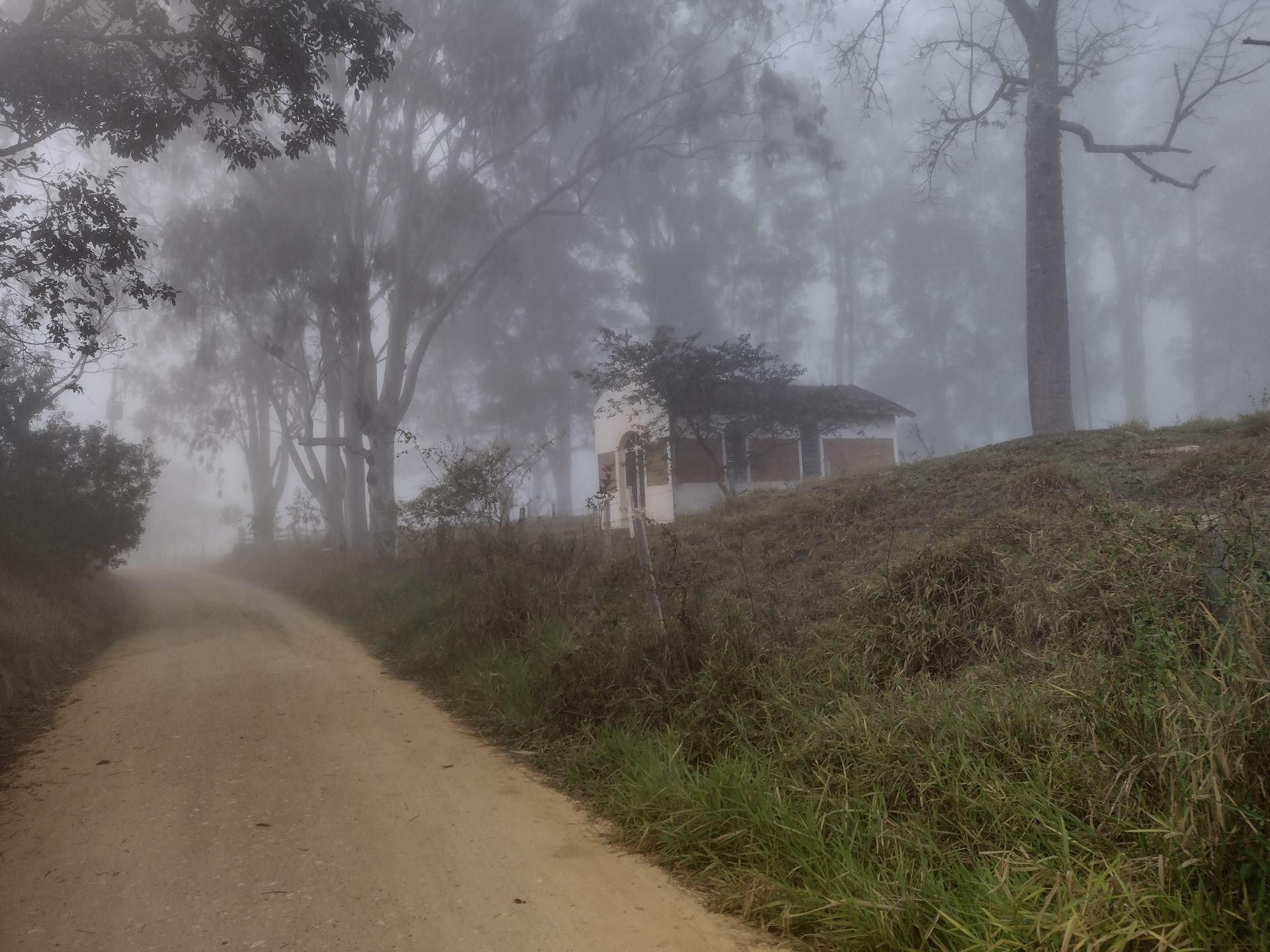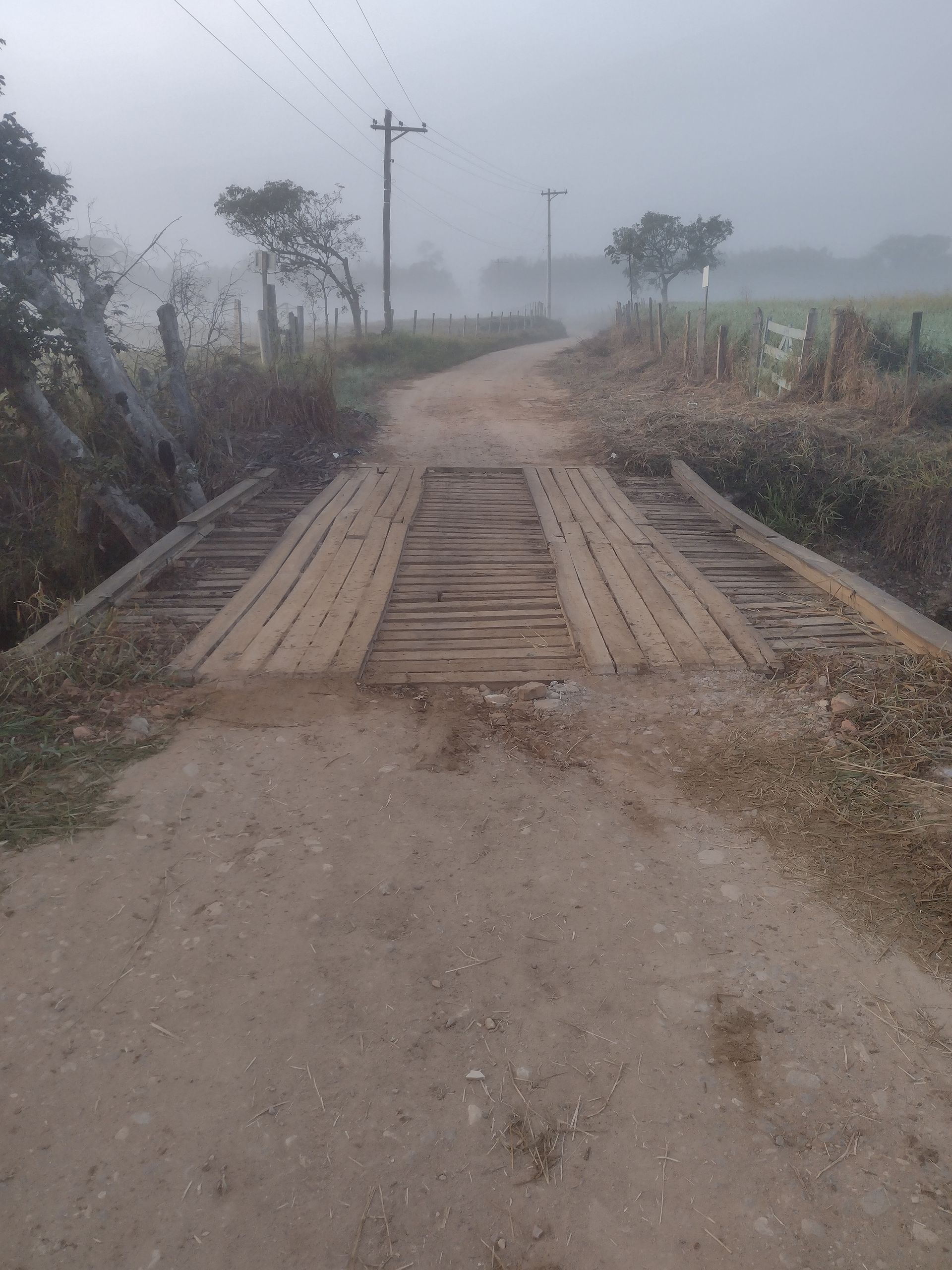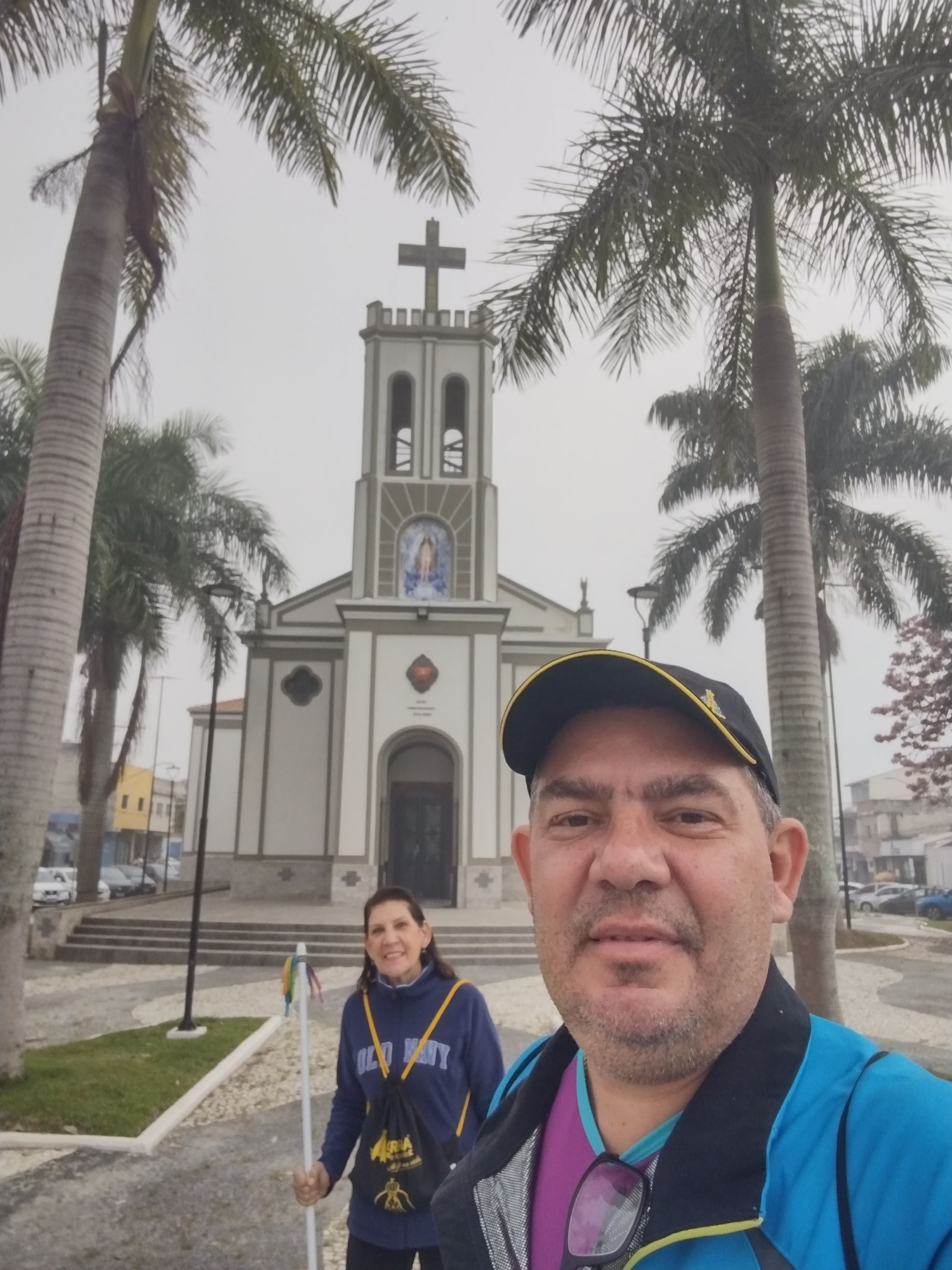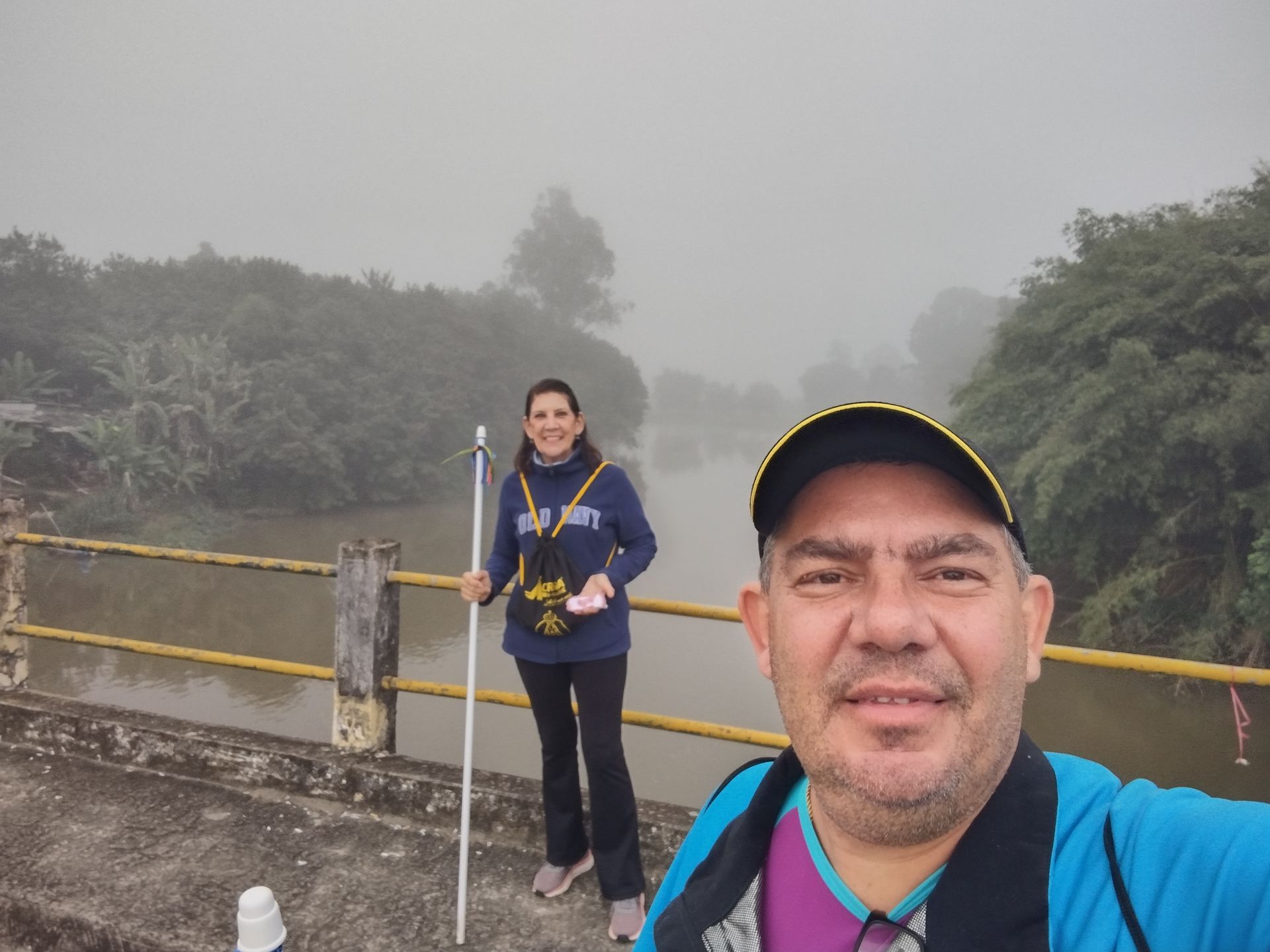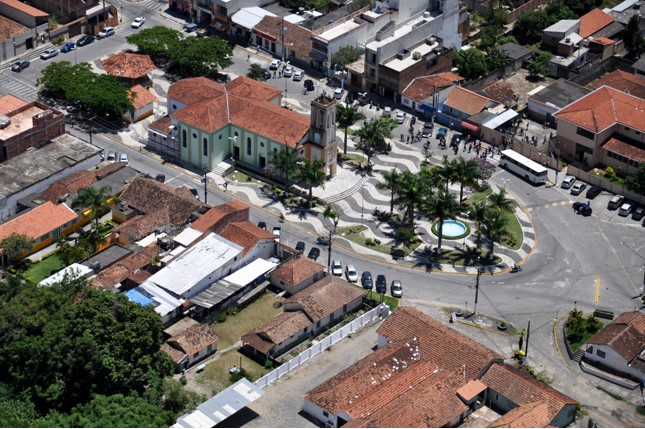Piracicaba - SP
On this page, the Portal Peregrino da Esperança presents the city of Pindamonhangada, located in the interior of São Paulo, which stands out both for its historical importance and for its role in the economic, cultural and social development of the Paraíba Valley. The chosen Patron Saint was Our Lady of Good Success.
🕊️ “When all seems lost, it will be the happy beginning
of complete restoration.” (Our Lady of Good Success)
Features of the City of Piracicaba - SP
The city of Piracicaba, located in the interior of the state of São Paulo, is an important urban center that combines a rich history with a dynamic contemporary economy and culture. Founded in the 18th century on the banks of the Piracicaba River, which gives the city its name, its early development was deeply linked to agriculture, especially coffee cultivation, which boosted the regional economy during the colonial and imperial periods. Over time, Piracicaba has established itself as an industrial, educational and cultural hub, maintaining a strong connection with its historical traditions and environmental preservation, factors that contribute to its uniqueness in the context of São Paulo.
Piracicaba's relationship with the river that runs through the city is one of the most striking features of its identity. The Piracicaba River has not only shaped the urban landscape, but has also influenced the population's way of life, serving as a source of natural resources and a recreational area. The riverbanks are spaces valued by the community, where cultural and sporting events and tourist activities are held. In addition, the watercourse is essential to the local economy, as the city is home to an important agro-industrial sector, especially linked to the production of sugar, alcohol and sugarcane derivatives, which uses water resources in a sustainable manner.
Piracicaba also stands out for its strong educational vocation, housing renowned higher education institutions, such as the Luiz de Queiroz College of Agriculture (ESALQ), linked to the University of São Paulo (USP). This institution is a national and international reference in agricultural, environmental and engineering research, attracting students and researchers from various regions. The presence of ESALQ and other universities contributes to the scientific and technological development of the city, driving innovation and strengthening the local economy through the qualified training of a workforce.
The culture in Piracicaba is vibrant and diverse, reflecting the mix of indigenous, African and European influences that marked the city's formation. Traditional festivals, such as the Festa das Nações and the Festival de Cultura Caipira, are important moments of celebration that mobilize the population and attract tourists. Museums, theaters and cultural centers complement the artistic panorama, promoting activities that value both historical heritage and contemporary cultural expressions. This cultural wealth strengthens the sense of identity and belonging of Piracicaba residents, making the city a cultural hub in the interior of São Paulo.
Ultimately, Piracicaba represents a balanced combination of tradition and modernity, nature and urbanity, science and culture. Its sustainable growth, combined with the appreciation of its historical and environmental heritage, makes the city an example of harmonious regional development. Through the integration of its various facets, Piracicaba remains a reference in the state of São Paulo, standing out not only for its economy and education, but also for the quality of life and cultural wealth it offers its residents and visitors.
The inclusion of the city of Piracicaba on the Caminho do Sol route gives the route a special character, as the city offers pilgrims a rich combination of history, culture and nature. As an important city in the interior of São Paulo, Piracicaba is not just a transit point, but a place where hikers can experience a refreshing break amidst a landscape marked by the river that runs through it and by the preserved architectural heritage. The presence of the Caminho do Sol in the city reinforces the importance of this route as an experience that combines spirituality, contemplation and contact with the regional identity.
The route that passes through Piracicaba provides pilgrims with the opportunity to experience profound cultural and historical aspects, as the city is full of monuments, squares and buildings that hark back to different periods of its development. This urban environment, combined with the natural scenery provided by the Piracicaba River and its surroundings, creates a space conducive to reflection and self-discovery, which are the central objectives of the walk. In addition, the city's infrastructure provides comfort and support to pilgrims, making the journey safer and more welcoming.
Piracicaba's participation in the Caminho do Sol also favors cultural exchange between residents and visitors, promoting an enriching dialogue. When pilgrims pass through the city, they have the chance to experience local cultural manifestations, religious traditions and even typical cuisine, which expands the experience of the walk beyond the physical aspect. At the same time, the city benefits from religious tourism, which boosts the economy and encourages the appreciation of material and immaterial heritage, encouraging the preservation of its cultural roots.
Furthermore, the passage through the city contributes to the maintenance of local religious traditions, since events linked to the Caminho do Sol often connect with festivals and celebrations that mobilize the community. This integration strengthens the residents' sense of belonging and expands the scope of the cultural and spiritual expressions that define Piracicaba's identity. The city, therefore, becomes a point of convergence between past and present, between faith and culture, reaffirming its role within the pilgrimage route.
Therefore, by being part of the Caminho do Sol, Piracicaba not only adds value to the pilgrims’ experience, but also reinforces its own identity as a city that values history, culture and spirituality. The city offers a welcoming and inspiring environment, capable of transforming the walk into a meaningful journey. In this way, Piracicaba consolidates itself as a fundamental link in this route that connects people, places and traditions, enriching the religious and cultural heritage of the interior of São Paulo.
The Piracicaba Parish Church, dedicated to Our Lady of Patrocínio, is one of the city's most important historical and religious landmarks, with a history dating back to the colonial period of São Paulo. Its construction began in the 18th century, accompanying the process of formation and growth of the village that gave rise to the city. Since its early years, the church has played a central role in the life of the community, functioning as a place of worship, social gathering and expression of faith that united residents around spiritual and cultural values. The church thus represents a living testimony of the local history and religious tradition.
Over the centuries, the church has undergone several renovations and expansions, reflecting the urban and social transformations of Piracicaba. Despite the structural changes, the building preserves architectural features that recall its colonial origins, mixed with elements of later styles, such as neoclassical, which were incorporated in adaptations made to meet the growing needs of the population. Inside the church, works of sacred art, elaborate altars and decorative details express the devotion of the faithful and the care taken to preserve the religious heritage, giving the temple an atmosphere of solemnity and respect.
The main church has also been the scene of important events in the city's history, serving as the center of religious and civil celebrations that marked the development of Piracicaba. Traditional festivals, solemn masses and processions strengthen the connection between the population and their faith, creating a sense of belonging that spans generations. The festivities in honor of Our Lady of Patrocínio, the city's patron saint, are moments of great popular and religious mobilization, reaffirming the role of the main church as a living space of communion and identity.
The preservation of the Igreja Matriz has been a priority for the Piracicaba community, which recognizes its historical and cultural value as a heritage site for the city. Restoration and conservation projects seek to maintain the integrity of the building, ensuring that future generations can contemplate and experience this important spiritual and architectural landmark. The care taken with the temple reflects respect for the symbols that sustain the collective memory and the continuity of the faith that permeates the lives of the local population.
In this way, the Igreja Matriz de Nossa Senhora do Patrocínio in Piracicaba is much more than a place of worship; it is a symbol of the history, culture and spirituality that have shaped the city. Its presence in the heart of the city represents the union between past and present, between tradition and modernity, consolidating itself as a fundamental heritage for the identity and community life of Piracicaba. The church continues to inspire faith, preserve memories and strengthen the bonds that unite its inhabitants.
Photographs of the City of Piracicaba - SP
